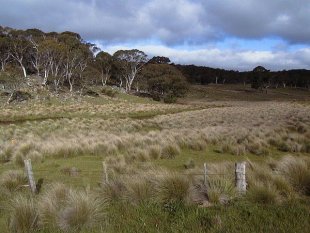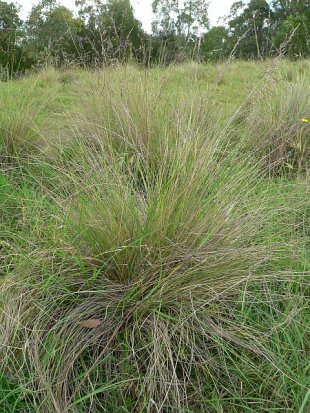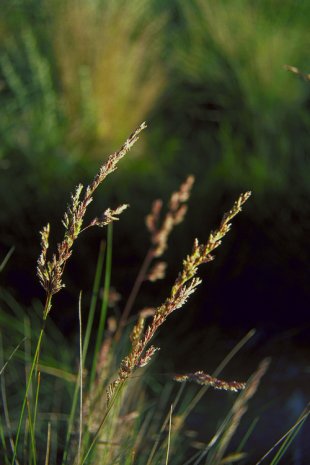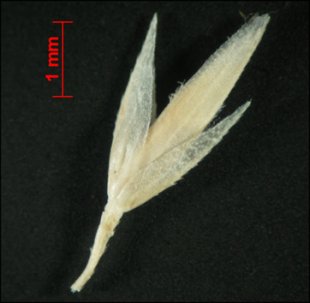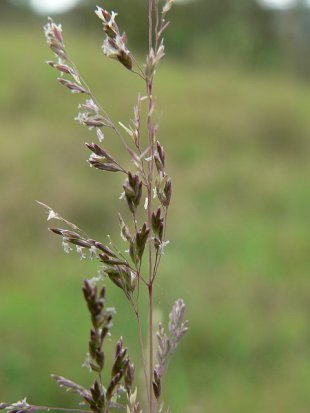
Poa tussock or tussock grass
SCIENTIFIC NAME: Poa labillardierei
CATEGORY: C3 perennial
IDENTIFICATION TIPS
- Coarse, densely tufted, yearlong green, perennial grass to 120 cm high
- Stems round, roughened below seedhead
- Leaves to 80 cm long and 3.5mm wide, rough on the lower surface and dull green or greyish green in colour
- Seedhead is an open panicle to 25cm long, with erect or loosely spreading branches. Florets are shortly hairy and often have a pinkish tinge
- Flowers most of the year
CLIMATIC & SOIL REQUIREMENTS
- Prefers moister areas, such as drainage lines and gullies, especially where soil fertility is moderate to high; highly frost tolerant
GRAZING & NUTRITIONAL VALUE
- Low grazing value
- Digestibility ranges from 42-69 %
- Crude protein 4-12%
MANAGEMENT STRATEGIES
- Provides shelter for lambs and lambing ewes and is valuable for preventing soil erosion along gully lines
- Can have a very high growth rate, though even new growth is only ever of moderate feed value
- Mature plants have a mass of old leafy material and are not readily grazed. Because of this, it can become highly invasive under light set stocking. However, the new growth of plants that have been burnt or kept short are more readily grazed
- Can be effectively managed by stocking cattle at high densities with protein supplementation and can form a useful maintenance drought feed
SIMILAR PLANTS
- There are a number of other Poa species, which can be difficult to distinguish, but most are associated with drier habitats and are smaller in stature
- Snow grass (Poa sieberiana) is a smaller plant with long fine leaves
- Serrated tussock (Nassella trichotoma) leaves are so tightly rolled that they roll in the fingers like a needle and the seedhead has long awns
